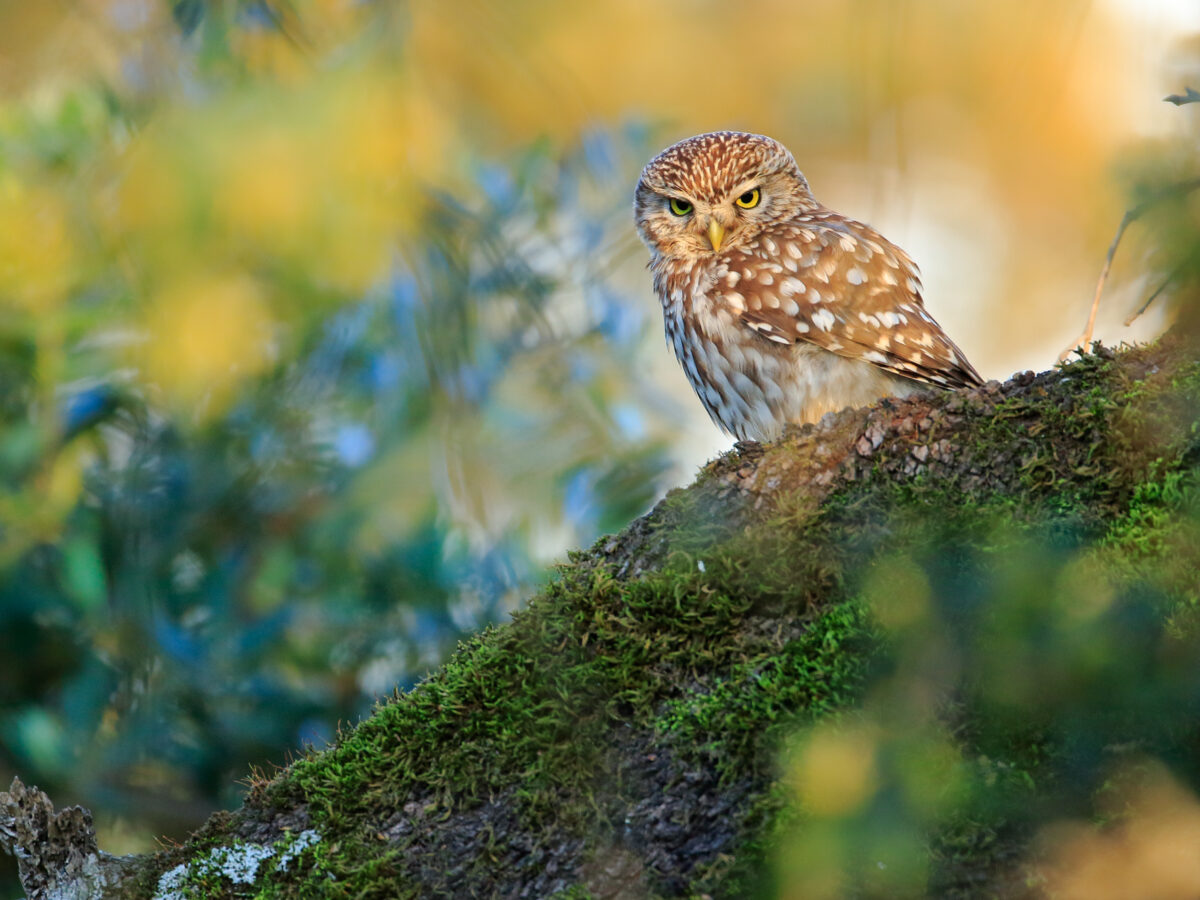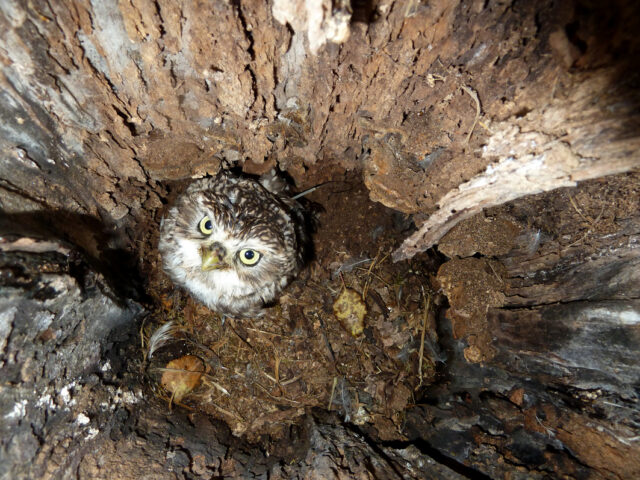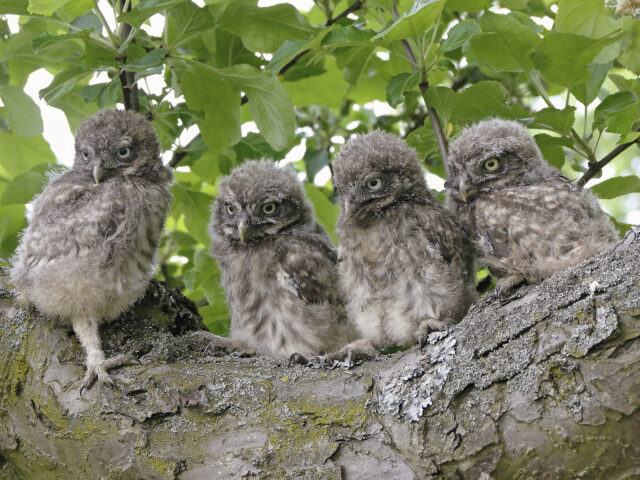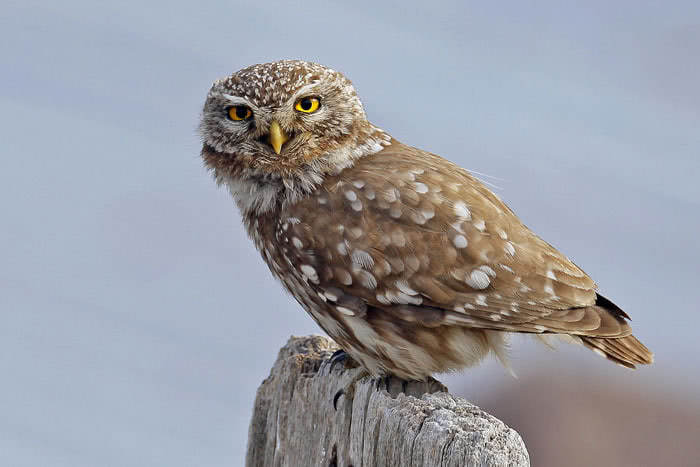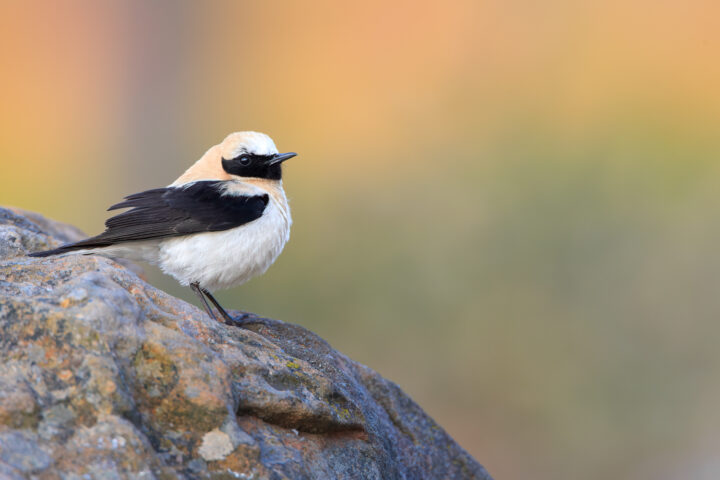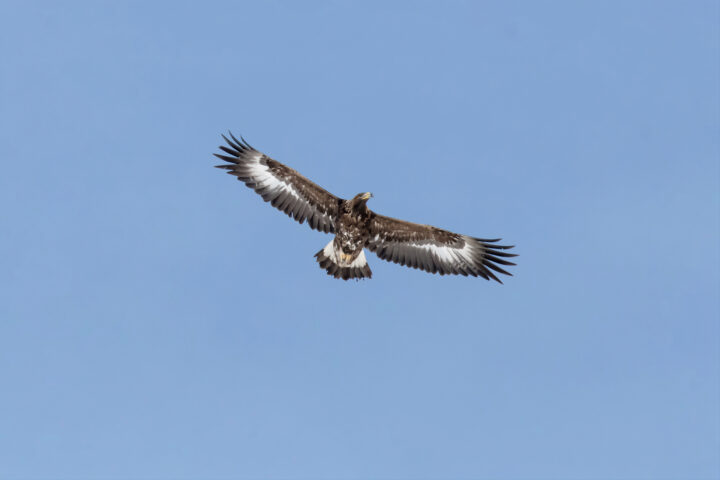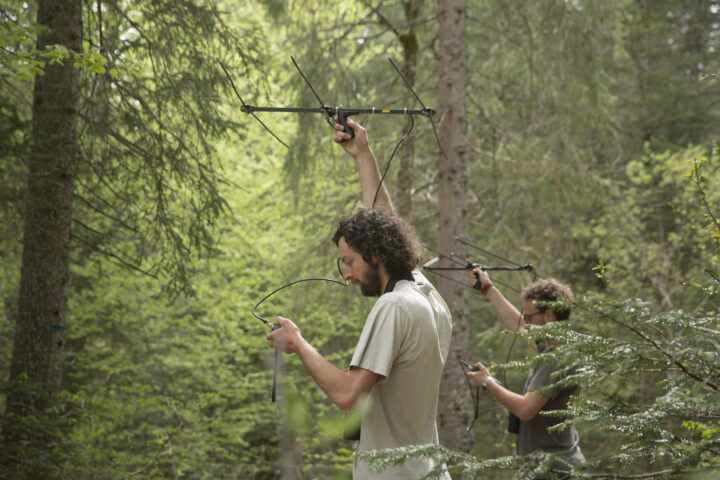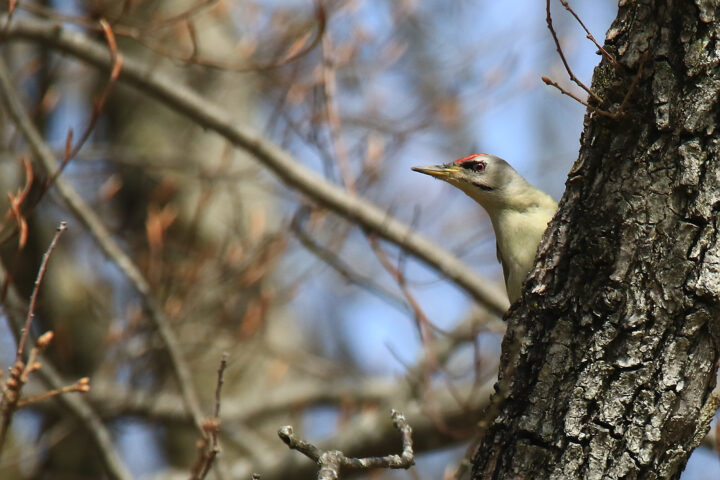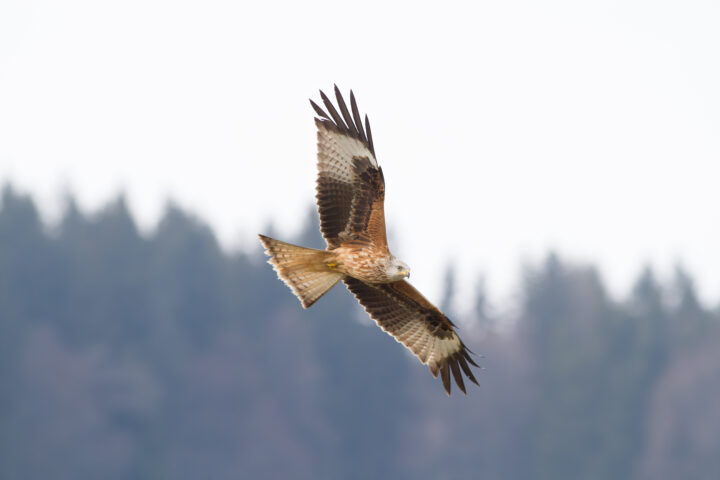Once widespread in central Europe, the little owl was brought close to extinction due to agricultural intensification. While conservation measures have supported the recovery of populations in nearby France and Germany, the increase of Swiss populations remains slow. Our research project investigates ecological drivers of individual fitness and demographic rates in little owls by tracking movements of individuals and applying field experiments. Specifically, we address questions about habitat requirements, and about their effect on reproduction, survival, and dispersal.


Juvenile little owl with telemetry tag

Tracking of tagged individuals with antenna

Heterogeneous orchards are preferred habitats for little owls

Food composition recorded using camera traps

Little owl with telemetry tag

Little owl with telemetry tag sitting in tree caviry

Simplification of agricultural landscape as major threat for little owls

Juvenile little owls exploring nest box entrance

Juvenile little owls on tree
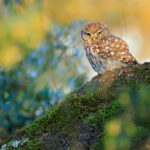
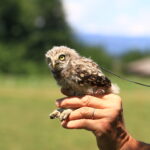
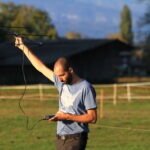
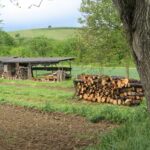

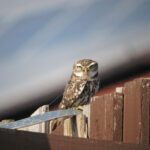
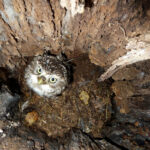
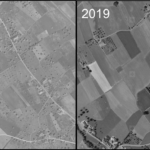
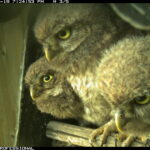
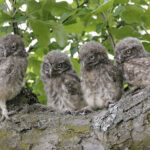
Juvenile little owl with telemetry tag
Tracking of tagged individuals with antenna
Heterogeneous orchards are preferred habitats for little owls
Food composition recorded using camera traps
Little owl with telemetry tag
Little owl with telemetry tag sitting in tree caviry
Simplification of agricultural landscape as major threat for little owls
Juvenile little owls exploring nest box entrance
Juvenile little owls on tree










From individual movement patterns to population processes
Details
Project objectives
This project aims at investigating the key ecological factors that limit the individual performance and population development of little owls throughout the year. It incorporates their habitat requirements and how changes in habitat characteristics affect body condition, breeding performance and survival. The relationship between these factors and individual range use and dispersal represents a main focus of the study. Enhancing our knowledge about key ecological factors will allow identifying the critical ‘bottlenecks’ in the life history of the little owl.
Methodology
The main part of the study was conducted in a large population of little owls in southern Germany. Here, adults and juvenile birds were ringed and equipped with radio-transmitters. Their movements were recorded during four years. Food supplementation and cross-fostering experiments were conducted and detailed data on habitat, individual traits, reproductive performance and survival were collected. The analysis of this data sheds light on the habitat requirements, demography, and behaviour of little owls. These insights are now used to understand the limitations of a small Swiss population, where comparable data are collected since 2015.
Significance
The little owl is one of 50 priority species of the Swiss Species Recovery Programme. It is a typical species of agricultural landscapes with high biodiversity and can serve as an indicator for bird-friendly agricultural management. The investigation of key ecological aspects provides crucial information to improve conservation measures for little owls in Switzerland and abroad. Understanding range use and dispersal of little owls allows developing measures to facilitate the reconnection of fragmented populations and recolonization of potential habitats.
Results
Meadows provide higher food availability than arable fields and the proportion of meadows around the nests increases reproductive performance. In turn, high food availability in the breeding territory result in increased nestling, post-fledging, and adult survival. Juveniles from high-quality habitats also leave the parental territory later than those from low-quality habitats. Areas close to forests are strongly avoided. Survival of both, adults and dispersing juveniles is reduced in winter and tree cavities represent an important resource for roosting during wintertime.
Project partner(s)
Financial support
- Swiss National Science Foundation SNSF
- Hirschmann Stiftung
- Karl Mayer Stiftung
- Ernst Göhner Stiftung
- Stiftung Accentus
- Parrotia-Stiftung
Publications
https://doi.org/10.1002/ece3.8859
https://doi.org/10.1007/s10980-020-01103-8
https://doi.org/10.1098/rspb.2019.1537
https://doi.org/10.1007/s00265-019-2694-8
https://doi.org/10.1111/acv.12361
https://doi.org/10.1016/j.biocon.2018.09.032
https://doi.org/10.1007/s00442-017-3823-6
https://doi.org/10.1111/jav.00947
https://doi.org/10.1111/ibi.12477
https://doi.org/10.1111/ibi.12465
https://doi.org/10.1002/ecs2.1229
https://doi.org/10.1007/s00484-013-0643-1
https://doi.org/10.1007/s10531-013-0581-6
Project team members





Trade publications
2022
Europe and the West African savannas Bruderer, B. & D. Peter, 2022
Contact: info@vogelwarte.ch
License: zenodo-freetoread-1.0
doi-Link: doi.org
Contact: bruno.bruderer@vogelwarte.ch
2021
Contact: info@vogelwarte.ch
License: zenodo-freetoread-1.0
doi-Link: doi.org
Contact: bruno.bruderer@vogelwarte.ch
Species concerned
Ecological research
We investigate the diverse interactions of birds with their environment, from individual settlement behaviour to species communities.

